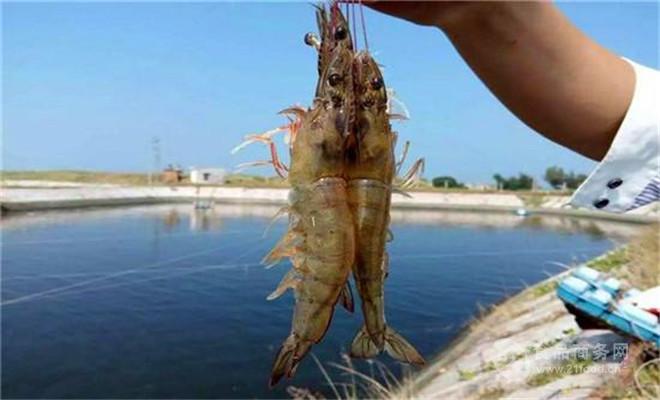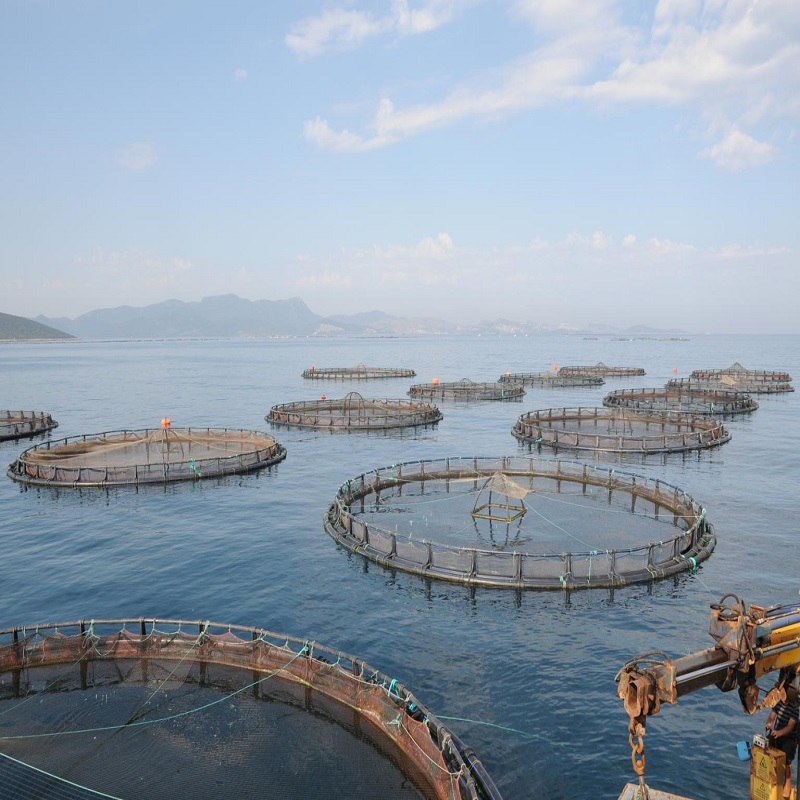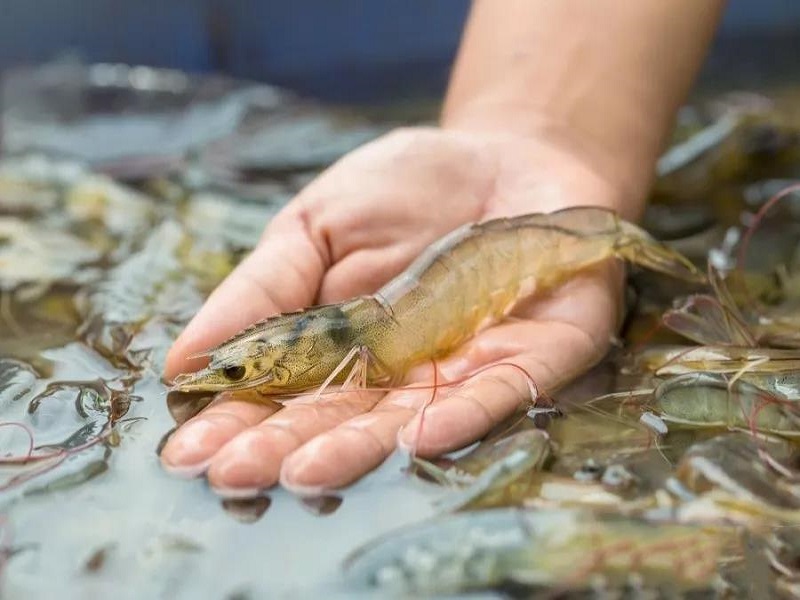Shelling is a necessary link for the growth of crustaceans. Penaeus vannamei needs to molt many times in its life to meet the standard of body growth.
Ⅰ、 Molting ruls of Penaeus vannamei
The body of Penaeus vannamei must molt periodically in order to achieve the purpose of growth. When the water temperature is 28 ℃, the young shrimps molt once in 30 ~ 40 hours; Young shrimps weighing 1 ~ 5g molt once in 4 ~ 6 days; Prawns above 15g generally molt once every 2 weeks.
Ⅱ、 Analysis of several symptoms and causes of molting
1. Several symptoms of molting period
The shell of shrimp is extremely hard, commonly known as "iron skin shrimp". It has an empty stomach or remnant stomach. It can't see the intestinal tract clearly, the pigment on the body surface is deepened, and the yellow pigment is significantly increased. In particular, both sides of the operculum are black, red and yellow, the gill filaments are swollen, white, yellow and black, and the steps and feet are covered with red spots. The outline of hepatopancreas is clear, not swollen or atrophic, and the outline of the heart area is unclear and muddy yellow.
2. Shrimp usually have many ciliates
The shell of shrimp is a double-layer skin, which can be removed by twisting the skin gently. The skin is extremely fragile, commonly known as "double skin shrimp" or "Crispy Shrimp". It is thin, with more melanin on the body surface, swelling and ulceration of gill filaments, mostly yellow and black. Empty intestines and stomach, weak vitality. Lying still by the pool or roaming on the water, showing symptoms of hypoxia. Sensitive to environmental changes, with slight changes and a large increase in deaths.
3. The smooth molting process can be roughly divided into the following three stages:
1) Before molting, it refers to the period from the end of the last molting to the beginning of the next molting. The time varies according to the body length, generally between 12 and 15 days. During this period, Penaeus vannamei mainly accumulated nutrition, especially calcium.
2) Molting, only a few seconds to more than ten minutes. Molting consumes a lot of energy. If shrimp are weak or lack of nutrition accumulation in the body, they often molt incompletely and form a double-layer shell.
3) After molting, it refers to the period when the new skin changes from soft to hard, and the time is about 2 ~ 1.5 days (except for shrimp seedlings). After the old shell is sloughed off, the new shell cannot calcify in time, thus forming a "soft shell shrimp".
4. Deterioration of water quality and lack of nutrition are the main causes of the disease
The deterioration of water quality often occurs in ponds with too thick water color, and the transparency is almost zero. There are oil films and a large number of dead algae on the water surface, and sometimes there are bursts of fishy smell on the water surface. At this time, algae multiply in large numbers, and the dissolved oxygen on the water surface is supersaturated during the day; At night, a large number of algae become an oxygen consuming factor, resulting in low dissolved oxygen at the bottom of the pool, which affects shrimp feeding and molting. For a long time, the shell is extremely hard.
5. Climatic mutation and exogenous toxin can induce abnormal molting of shrimp, which is also the factor for the formation of "double skin shrimp" and "soft shell shrimp".
Ⅲ、 Importance of calcium supplementation during molting of Penaeus vannamei:
The calcium stored in shrimp body is seriously lost. If the outside world is not supplemented in time, Penaeus vannamei cannot absorb the calcium provided by the water body, which is easy to cause the failure of shrimp molting. The hard shell time after molting is too long. If it is attacked by bacteria or stressed at this time, it is very easy to die in batches. Therefore, we should supplement the calcium in the water body by artificial means. Shrimp can absorb the calcium and energy in the water body through respiration and body penetration.
Potassium diformate + calcium propionate to help water sterilization and calcium supplement can not only help penaeus vannamei to molt smoothly, but also inhibit bacteria and resist stress, thus improving the benefits of shrimp farming.
Post time: May-16-2022








